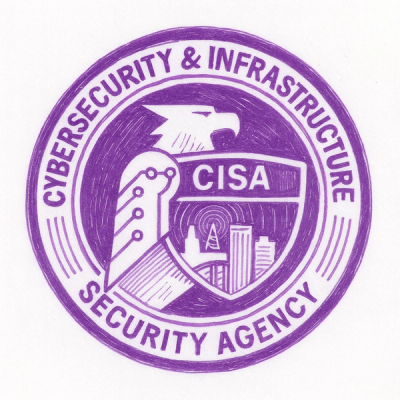
Security News
CISA’s 2025 SBOM Guidance Adds Hashes, Licenses, Tool Metadata, and Context
CISA’s 2025 draft SBOM guidance adds new fields like hashes, licenses, and tool metadata to make software inventories more actionable.
Ronn builds manuals. It converts simple, human readable textfiles to roff for terminal display, and also to HTML for the web.
The source format includes all of Markdown but has a more rigid structure and syntax extensions for features commonly found in manpages (definition lists, link notation, etc.). The ronn-format(7) manual page defines the format in detail.
The *.ronn files found in the man/ directory show off a wide range of
ronn capabilities:
ronn(1) command - source file, roff output
Build roff and HTML output files for one or more input files:
$ ronn man/ronn.5.ronn
roff: man/ronn.5
html: man/ronn.5.html
Generate only a standalone HTML version of one or more files:
$ ronn --html man/markdown.5.ronn
html: man/markdown.5.html
Build roff versions of all ronn files in a directory:
$ ronn --roff man/*.ronn
View a ronn file as if it were a manpage without building intermediate files:
$ ronn --man man/markdown.5.ronn
View roff output with man(1):
$ man man/ronn.5
The ronn(1) manual page includes
comprehensive documentation on ronn command line options.
Some think UNIX manual pages are a poor and outdated form of documentation. I disagree:
Manpages follow a well defined structure that's immediately familiar. This gives developers a starting point when documenting new tools, libraries, and formats.
Manpages get to the point. Because they're written in an inverted style, with a SYNOPSIS section followed by additional detail, prose and references to other sources of information, manpages provide the best of both cheat sheet and reference style documentation.
Historically, manpages use an extremely -- unbelievably -- limited set of text formatting capabilities. You get a couple of headings, lists, bold, underline and no more. This is a feature.
Although two levels of section hierarchy are technically supported, most manpages use only a single level. Unwieldy document hierarchies complicate otherwise good documentation. Remember that Feynman covered all of physics -- heavenly bodies through QED -- with only two levels of document hierarchy (The Feynman Lectures on Physics, 1970).
The classical terminal manpage display is typographically well thought out. Big bold section headings, justified monospace text, nicely indented paragraphs, intelligently aligned definition lists, and an informational header and footer.
Manpages have a simple referencing syntax; e.g., sh(1), fork(2), markdown(7). HTML versions can use this to generate links between pages.
Unfortunately, figuring out how to create a manpage is a fairly tedious process. The roff/mandoc/mdoc macro languages are highly extensible, fractured between multiple dialects, and include a bunch of device specific stuff irrelevant to modern publishing tools.
Ronn aims
Ronn is Copyright (C) 2010 Ryan Tomayko
See the file COPYING for information of licensing and distribution.
FAQs
Unknown package
We found that ronn demonstrated a not healthy version release cadence and project activity because the last version was released a year ago. It has 1 open source maintainer collaborating on the project.
Did you know?

Socket for GitHub automatically highlights issues in each pull request and monitors the health of all your open source dependencies. Discover the contents of your packages and block harmful activity before you install or update your dependencies.

Security News
CISA’s 2025 draft SBOM guidance adds new fields like hashes, licenses, and tool metadata to make software inventories more actionable.

Security News
A clarification on our recent research investigating 60 malicious Ruby gems.

Security News
ESLint now supports parallel linting with a new --concurrency flag, delivering major speed gains and closing a 10-year-old feature request.